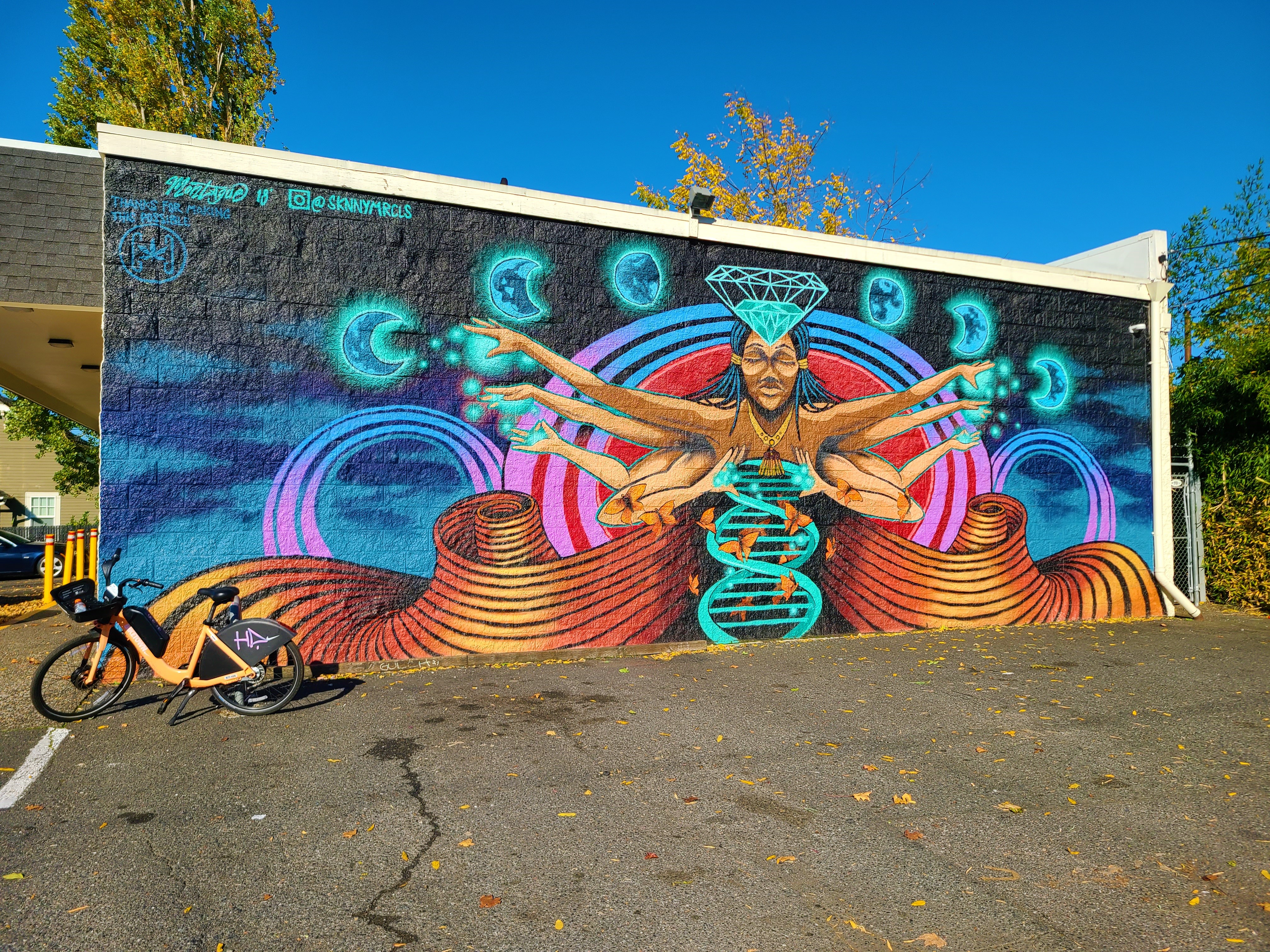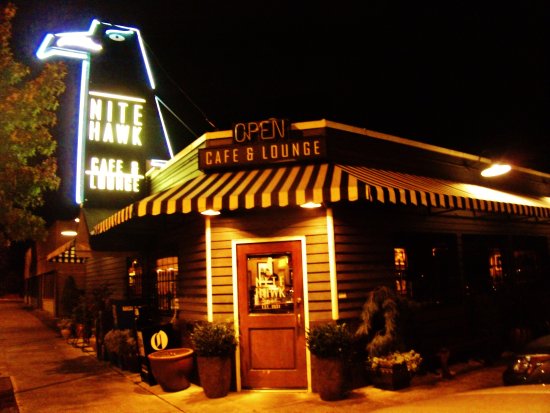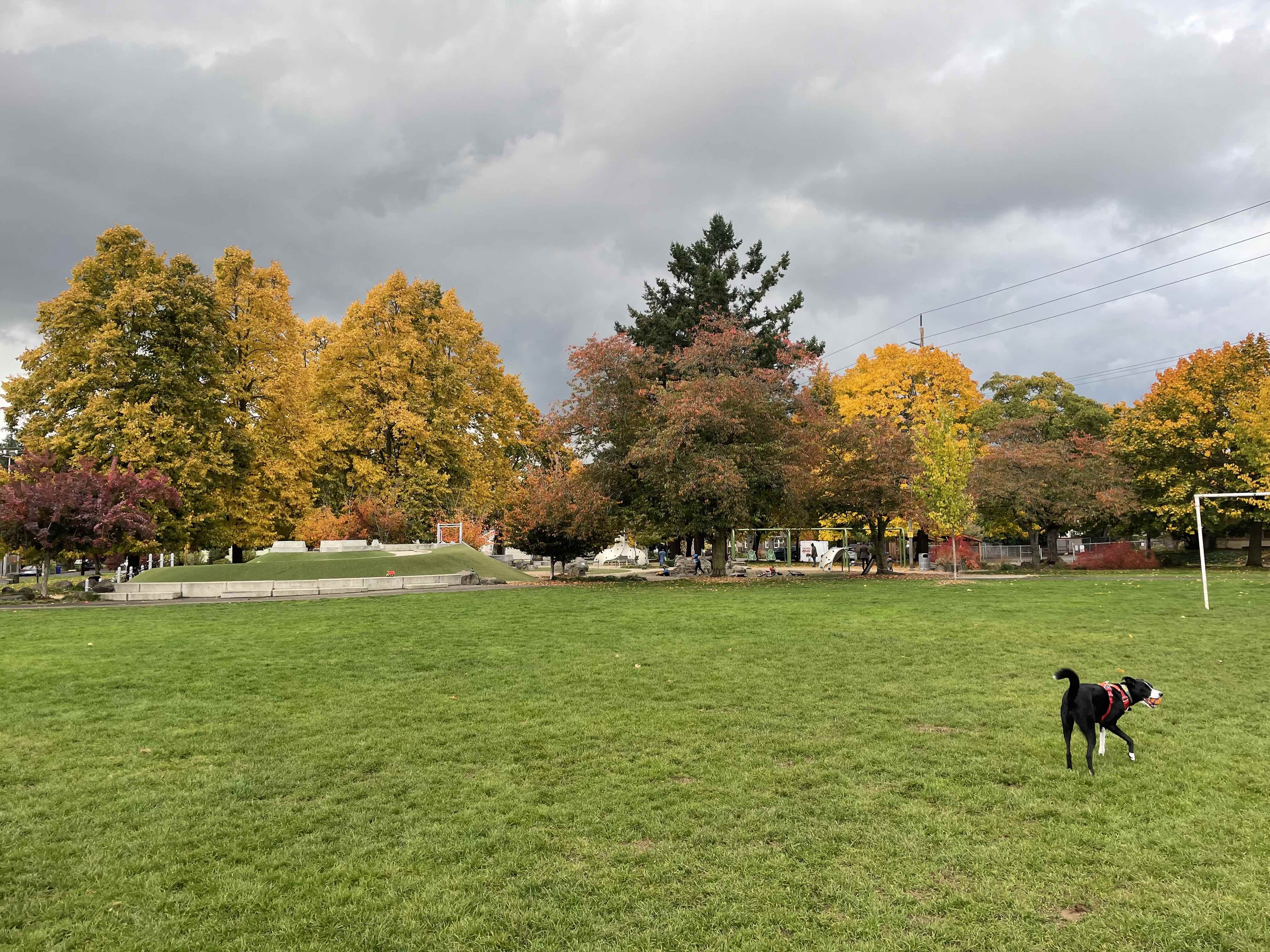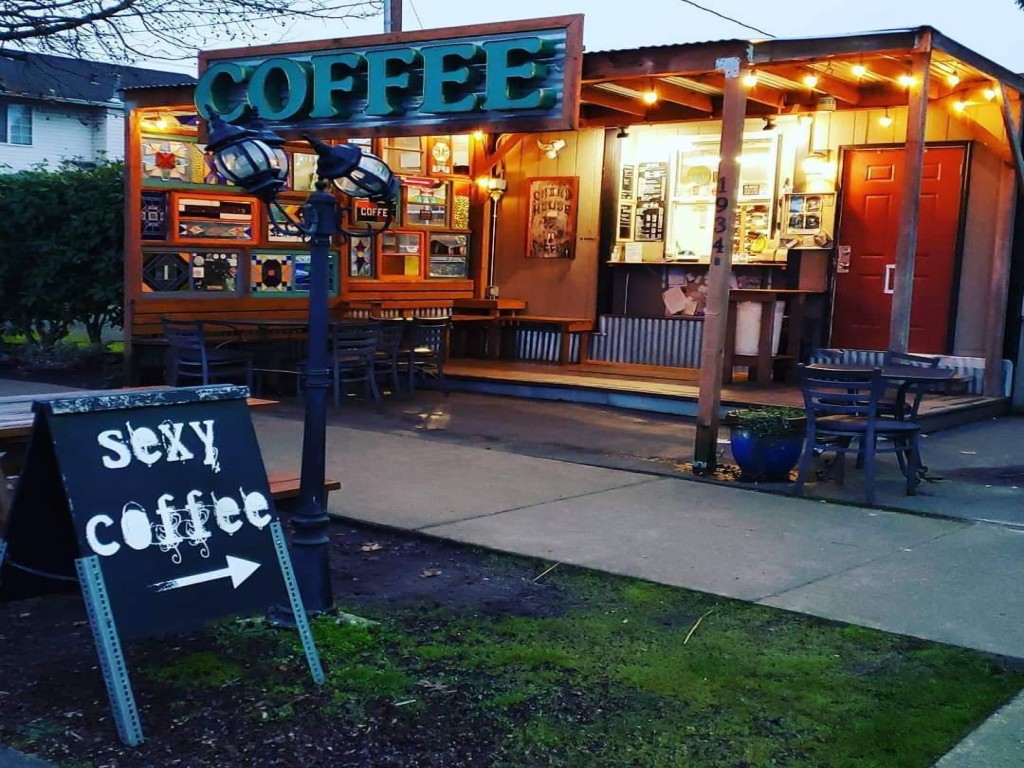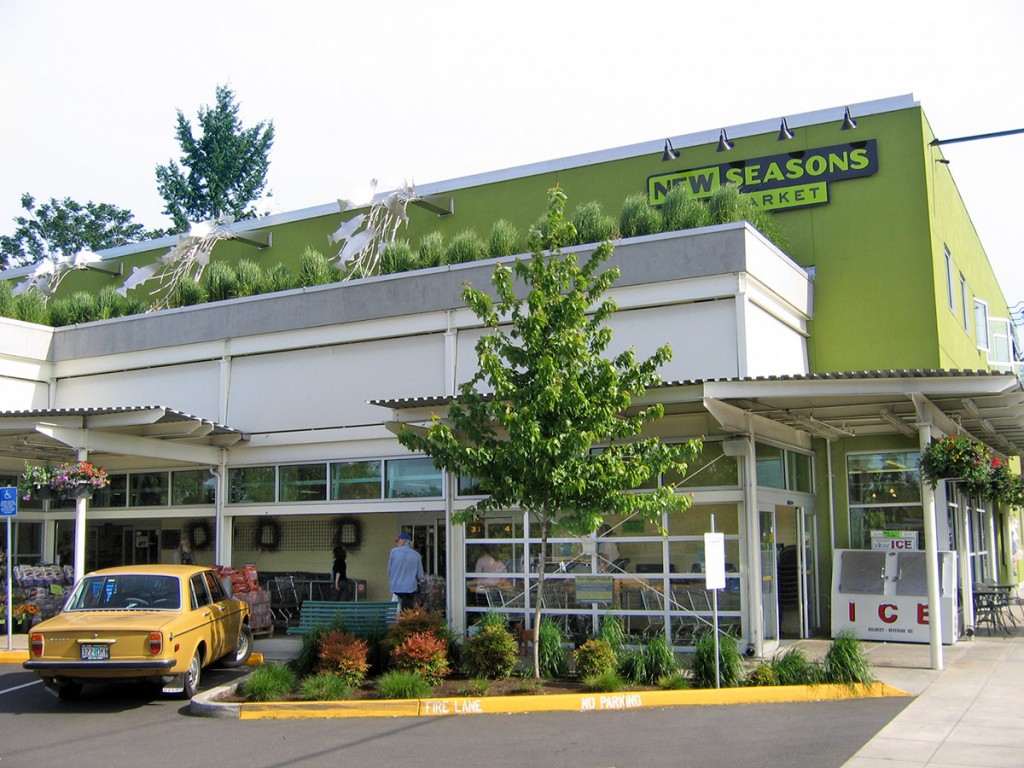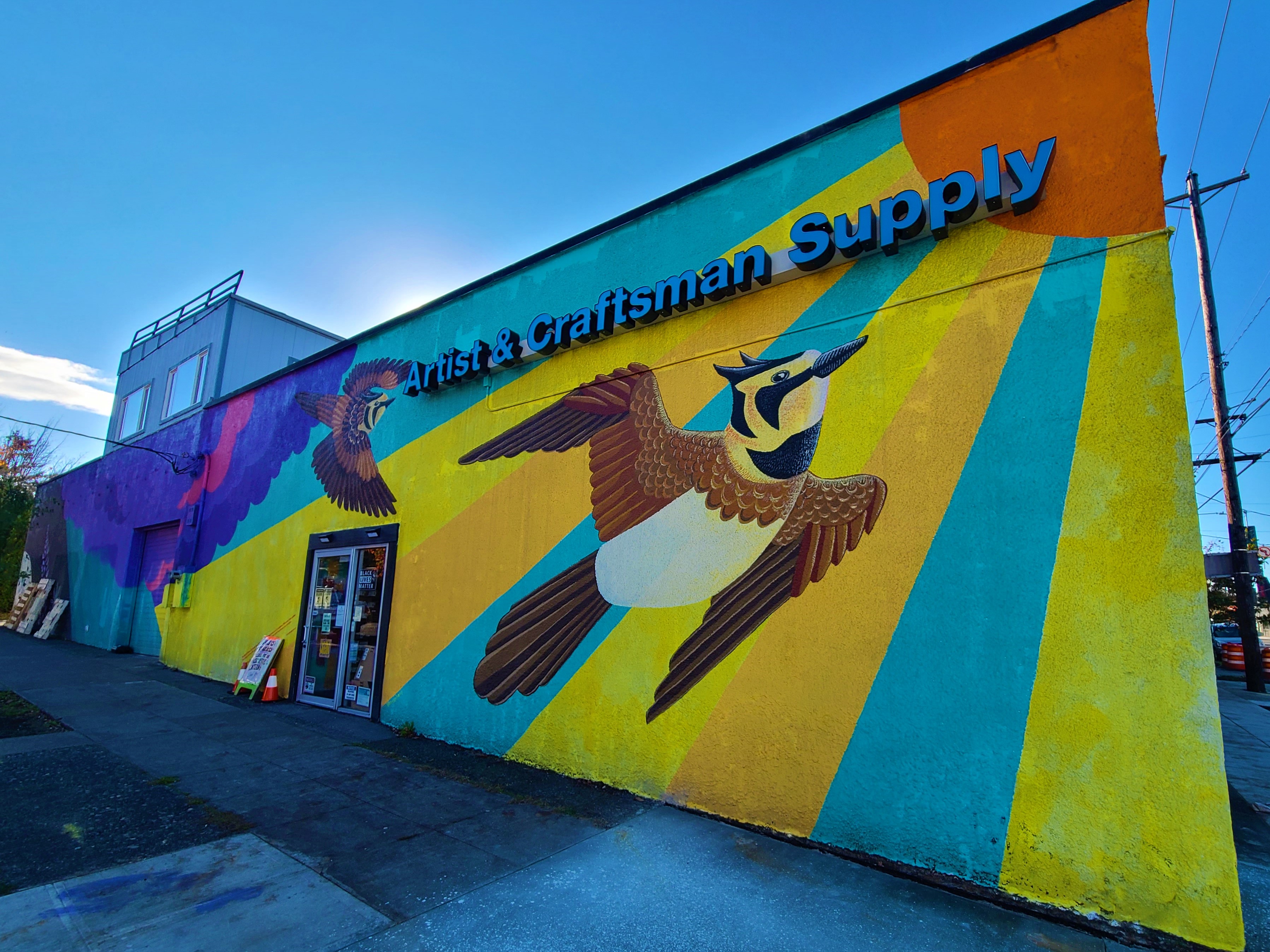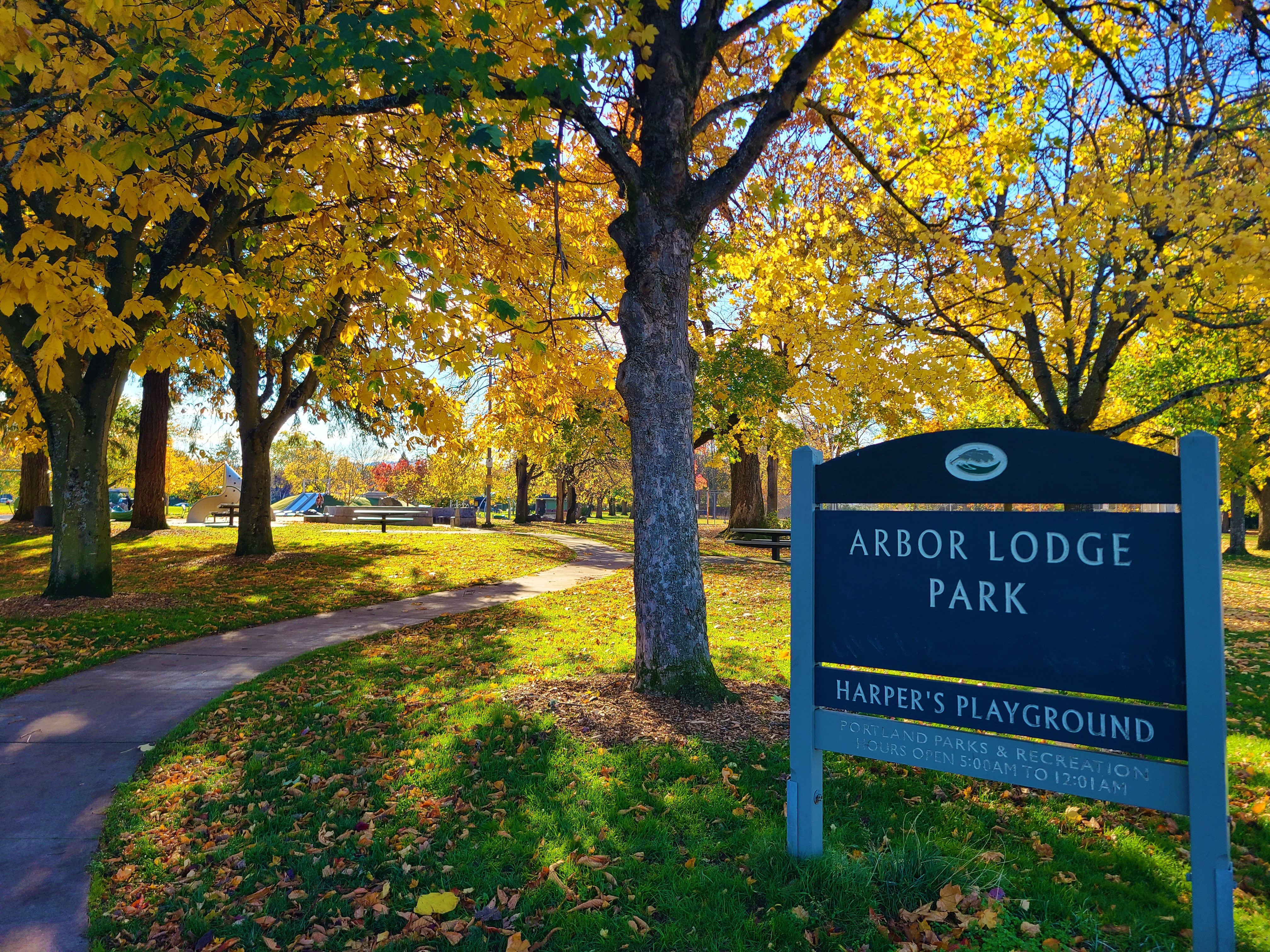05/04/2013
NET Training - Triaging the big three and putting splints on things
Basic disaster medicine was the name of the game for weeks 3 and 4 of NET training, the gist of those lessons being this: in a major disaster, medical help might take a long time to arrive, so NETs may have to hold the fort until they do.
To get an idea of the resource limits, consider the Portland Fire Bureau. The bureau employs 700 firefighters, but only 125 of those are on duty at a time. In a disaster, it will take a while for off-duty responders to get to work. And when they do, they will have to do the greatest good for the greatest numbers, which may mean that people in neighborhood have to sit tight.
Meanwhile, NETs are expected to play a role in limiting deaths from trauma. We're sure not doctors. But we spent week 3 learning to treat life-threatening conditions like airway obstruction, shock, and heavy bleeding.
Knowing who has such injuries is half the battle, so we imagined a scenario in which we'd have to find out fast. Breaking up into groups and feigning ailments, we learned to triage a large group fast - calling out the walking wounded, then spending roughly 30 seconds per person looking for signs of the big three greatest health risks: shock, heavy bleeding and blocked airways. We learned to tag each person based on their medical needs, then organized them in a triage area where medical responders can get to then quickly as they arrive. We also learned to treat each of the big three.
Airway blockage is easy enough. As any sleep apnea sufferer can tell you, a person who isn't breathing, typically on their back, simply needs to get breathing again. It's a thing a little body positioning can resolve if the main problem is the tongue sliding over the airway. We learned some head-tilting techniques to correct it, and practiced moving each other's heads around.
Bleeding is a trickier business. How serious it is it depends on where the blood is coming from - capillaries, veins or arteries. Our aim is to control wounds with a bandage, pressure, and elevation. If those measures don't work in 7 minutes, or a limb is damaged beyond repair, tourniquets are a last resort. We practiced bandaging wounds, pressing pressure points, and elevating and covering one another.
Shock seems difficult to spot - especially in a person you don't know - but the signs are rapid and shallow breathing, the inability to follow basic commands like "squeeze my hand," and poor capillary refill. Translation: squeeze the fingernail beds or any other part of the body. If they don't turn pink in 2 seconds, that's shock. People suffering from shock are having trouble moving blood around their body. They should be laid down with their legs up and kept warm with covers. People with blocked airways and bleeding wounds should be checked for shock.
Week 4 was a week for more minor issues: we learned some logistics for setting up our triage areas, and to conduct head-to-toe assessment of victims after triage. We also learned to treat a long list of things that nobody wants, but just might have in an emergency: wounds, burns, sprains, dislocations, fractures, nosebleeds, bites, heat-related injuries and hypothermia.
